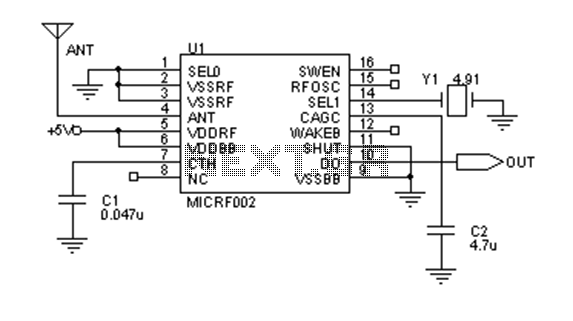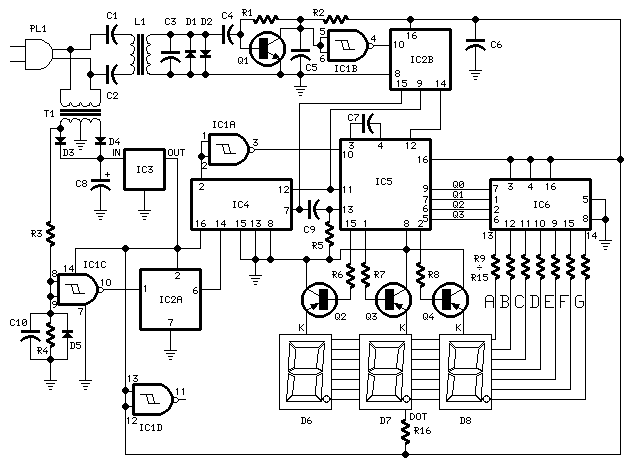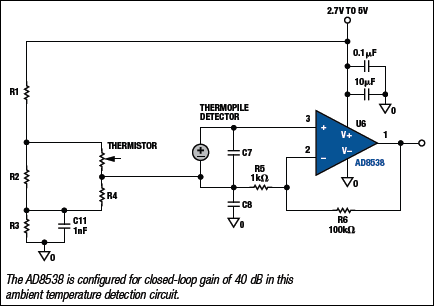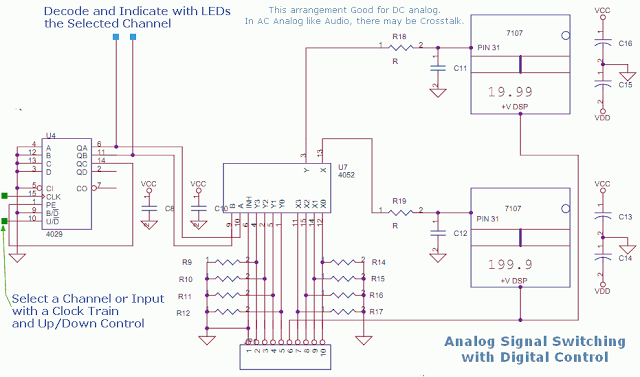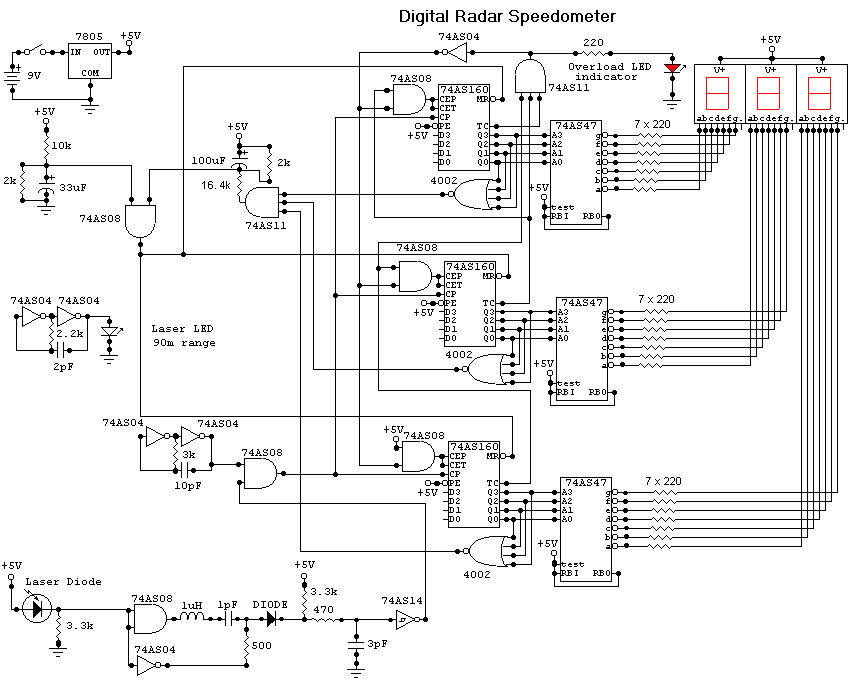
Peak-Reading Meters
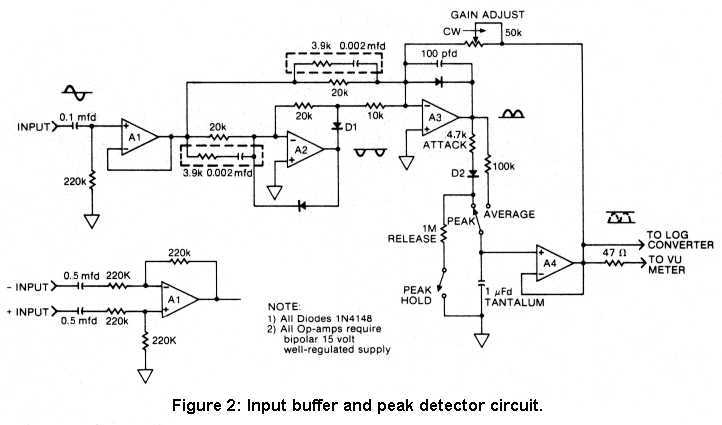
Peak reading meters, popular in Europe for years, are just now coming into greater favor in America, and for good reason. The main purpose for having a VU meter is obviously to monitor signal levels going to a tape recorder, reverb unit, or some other level-sensitive device, to help optimize the signal to noise ratio of the audio sent to the device. Too much level will produce distortion, and too little results in the inherent noise of the medium becoming a problem. Unfortunately, a conventional VU meter responds to the average level of the program material and not to the peaks; yet it is these momentary bursts of higher level that become distorted first.
Peak reading meters provide a critical advantage in audio signal monitoring by accurately displaying transient peaks that can cause distortion in audio processing equipment. Unlike traditional VU meters, which measure average levels and may fail to indicate potential distortion caused by sudden spikes in audio signals, peak meters are designed to respond quickly to changes in signal amplitude. This capability is essential in professional audio environments where maintaining audio fidelity is paramount.
A typical peak reading meter circuit incorporates a fast-responding rectifier, often using a diode, to capture the peak voltage of the audio signal. This rectified signal is then smoothed using a capacitor, allowing the meter to hold the peak value for a short duration, which is displayed on the meter face. The time constant of the smoothing circuit is critical; it must be fast enough to capture peaks without significant lag while also providing a stable reading.
In practical applications, peak meters are often integrated into mixing consoles, mastering equipment, and recording devices. They are typically calibrated to indicate levels in decibels (dB), providing a standardized reference for audio engineers. The design may also include features such as adjustable threshold levels, allowing users to set specific warning levels for distortion, and LED or LCD displays for better visibility in various lighting conditions.
Overall, the implementation of peak reading meters enhances audio quality by providing accurate, real-time feedback on signal levels, thereby enabling sound engineers to make informed adjustments to avoid distortion and maintain optimal audio performance.Peak reading meters, popular in Europe for years, are just now coming into greater favor in America, and for good reason. The main purpose for having a VU meter is obviously to monitor signal levels going to a tape recorder, reverb unit, or some other level-sensitive device, to help optimize the signal to noise ratio of the audio sent to the device.
Too much level will produce distortion, and too little results in the inherent noise of the medium becoming a problem. Unfortunately, a conventional VU meter responds to the average level of the program material and not to the peaks; yet it is these momentary bursts of higher level that become distorted first.
🔗 External reference
Peak reading meters provide a critical advantage in audio signal monitoring by accurately displaying transient peaks that can cause distortion in audio processing equipment. Unlike traditional VU meters, which measure average levels and may fail to indicate potential distortion caused by sudden spikes in audio signals, peak meters are designed to respond quickly to changes in signal amplitude. This capability is essential in professional audio environments where maintaining audio fidelity is paramount.
A typical peak reading meter circuit incorporates a fast-responding rectifier, often using a diode, to capture the peak voltage of the audio signal. This rectified signal is then smoothed using a capacitor, allowing the meter to hold the peak value for a short duration, which is displayed on the meter face. The time constant of the smoothing circuit is critical; it must be fast enough to capture peaks without significant lag while also providing a stable reading.
In practical applications, peak meters are often integrated into mixing consoles, mastering equipment, and recording devices. They are typically calibrated to indicate levels in decibels (dB), providing a standardized reference for audio engineers. The design may also include features such as adjustable threshold levels, allowing users to set specific warning levels for distortion, and LED or LCD displays for better visibility in various lighting conditions.
Overall, the implementation of peak reading meters enhances audio quality by providing accurate, real-time feedback on signal levels, thereby enabling sound engineers to make informed adjustments to avoid distortion and maintain optimal audio performance.Peak reading meters, popular in Europe for years, are just now coming into greater favor in America, and for good reason. The main purpose for having a VU meter is obviously to monitor signal levels going to a tape recorder, reverb unit, or some other level-sensitive device, to help optimize the signal to noise ratio of the audio sent to the device.
Too much level will produce distortion, and too little results in the inherent noise of the medium becoming a problem. Unfortunately, a conventional VU meter responds to the average level of the program material and not to the peaks; yet it is these momentary bursts of higher level that become distorted first.
🔗 External reference

